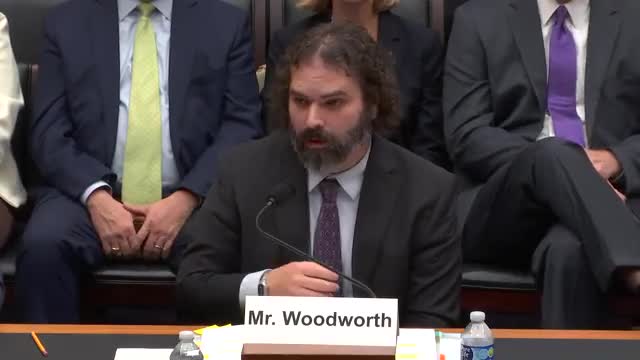FAA faces pressure to replace aging Gerald R Ford International Airport control tower
December 31, 2024 | Transportation and Infrastructure: House Committee, Standing Committees - House & Senate, Congressional Hearings Compilation
This article was created by AI summarizing key points discussed. AI makes mistakes, so for full details and context, please refer to the video of the full meeting. Please report any errors so we can fix them. Report an error »

The U.S. House Committee on Transportation & Infrastructure convened to discuss the FAA Reauthorization Act of 2024, with a strong focus on the need for a performance-based approach to emerging aviation technologies. Stakeholders emphasized the importance of aligning rule-making processes with the goals outlined in the legislation to foster growth in the UAV and UAS sectors.
One key speaker highlighted the current challenges within the FAA, noting a shift towards a performance-based mentality but acknowledging the ongoing hurdles. “There’s always the risk of sort of one step forward, one step back,” they stated, underscoring the need for consistent and predictable regulatory frameworks to encourage innovation and expansion in the aviation industry.
The discussion also touched on the critical need for timely updates on infrastructure, particularly regarding air traffic control towers. Representative Scolton raised concerns about the aging control tower at Gerald R. Ford International Airport, which, at 60 years old, is the oldest among the top 75 busiest airports. Despite being identified as a top priority, the FAA has yet to provide a timeline for its replacement, raising questions about the agency's commitment to modernizing essential aviation infrastructure.
As the committee prepares for the year ahead, stakeholders urged Congress to ensure that rule-making aligns with legislative intents and to remain flexible in adapting regulations as necessary. The overarching message was clear: fostering predictability in the regulatory process is vital for the growth and competitiveness of the U.S. aviation sector.
One key speaker highlighted the current challenges within the FAA, noting a shift towards a performance-based mentality but acknowledging the ongoing hurdles. “There’s always the risk of sort of one step forward, one step back,” they stated, underscoring the need for consistent and predictable regulatory frameworks to encourage innovation and expansion in the aviation industry.
The discussion also touched on the critical need for timely updates on infrastructure, particularly regarding air traffic control towers. Representative Scolton raised concerns about the aging control tower at Gerald R. Ford International Airport, which, at 60 years old, is the oldest among the top 75 busiest airports. Despite being identified as a top priority, the FAA has yet to provide a timeline for its replacement, raising questions about the agency's commitment to modernizing essential aviation infrastructure.
As the committee prepares for the year ahead, stakeholders urged Congress to ensure that rule-making aligns with legislative intents and to remain flexible in adapting regulations as necessary. The overarching message was clear: fostering predictability in the regulatory process is vital for the growth and competitiveness of the U.S. aviation sector.
View full meeting
This article is based on a recent meeting—watch the full video and explore the complete transcript for deeper insights into the discussion.
View full meeting